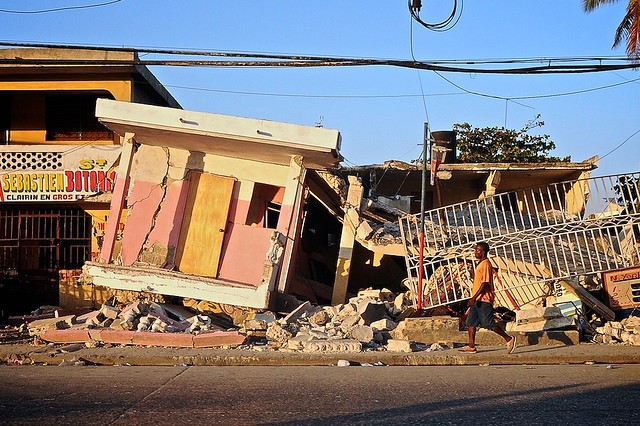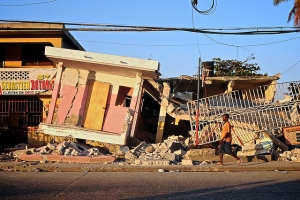
Charitable Donations Given Via Cellphones on the Rise
The first-ever study on mobile donors found that charitable donations made via cellphones have jumped in recent years. The report from the Berkman Center for Internet & Society and the Pew Research Center analyzed the “Text to Haiti” campaign that followed the devastating 2010 earthquake.
The study shows that most text donors contributed on impulse as news about the campaign spread via friend networks. “Three quarters of these donors contributed using their phones on the same day they heard about the campaign,” the study notes, “and a similar number say they typically make text message donations without conducting much in-depth research beforehand.”

Mobile donors contributed $43 million to earthquake relief efforts via Text Haiti.
This approach stands in contrast to traditional giving patterns, which involve more deliberation. And the study shows that mobile giving tends to have a ripple effect; 43 percent of mobile donors encouraged friends and family members to support the Text Haiti campaign. All told mobile donors contributed a nothing-to-sneeze-at $43 million to this fundraiser.
These numbers are particularly noteworthy given that a majority of donors had not closely followed Haiti’s reconstruction efforts before giving. Also noteworthy is the finding that 56 percent of those surveyed gave to subsequent disaster relief efforts via their mobile phones.
These numbers are pretty tiny in the context of overall charitable contributions. While it may seem like more when you’re dodging vehicular texters on the highway, only 64 percent of all American adults text. Of that group only 9 percent have texted donations from their phones (not, we can only hope, while driving).
However, these numbers are likely to rise, given the growing percentage of Americans under 40 who use texting as a primary communication medium. A related Pew Center study released in March showed that people in this age bracket “are now just as likely to give donations to disaster relief through digital means as they are through traditional means like the phone or postal mail.” More than a third of respondents in this age group gave online, via email or through texts.
The findings in the mobile-phone study, notes Berkman Center Research Director Rob Faris, “have vast implications for nonprofits, other cause-related charities and even philanthropists.” The findings also point out the need to extend Net Neutrality rules so that they protect users of wireless devices.
Photo credit: Newbeat photo/Colin Crowley via Flickr.